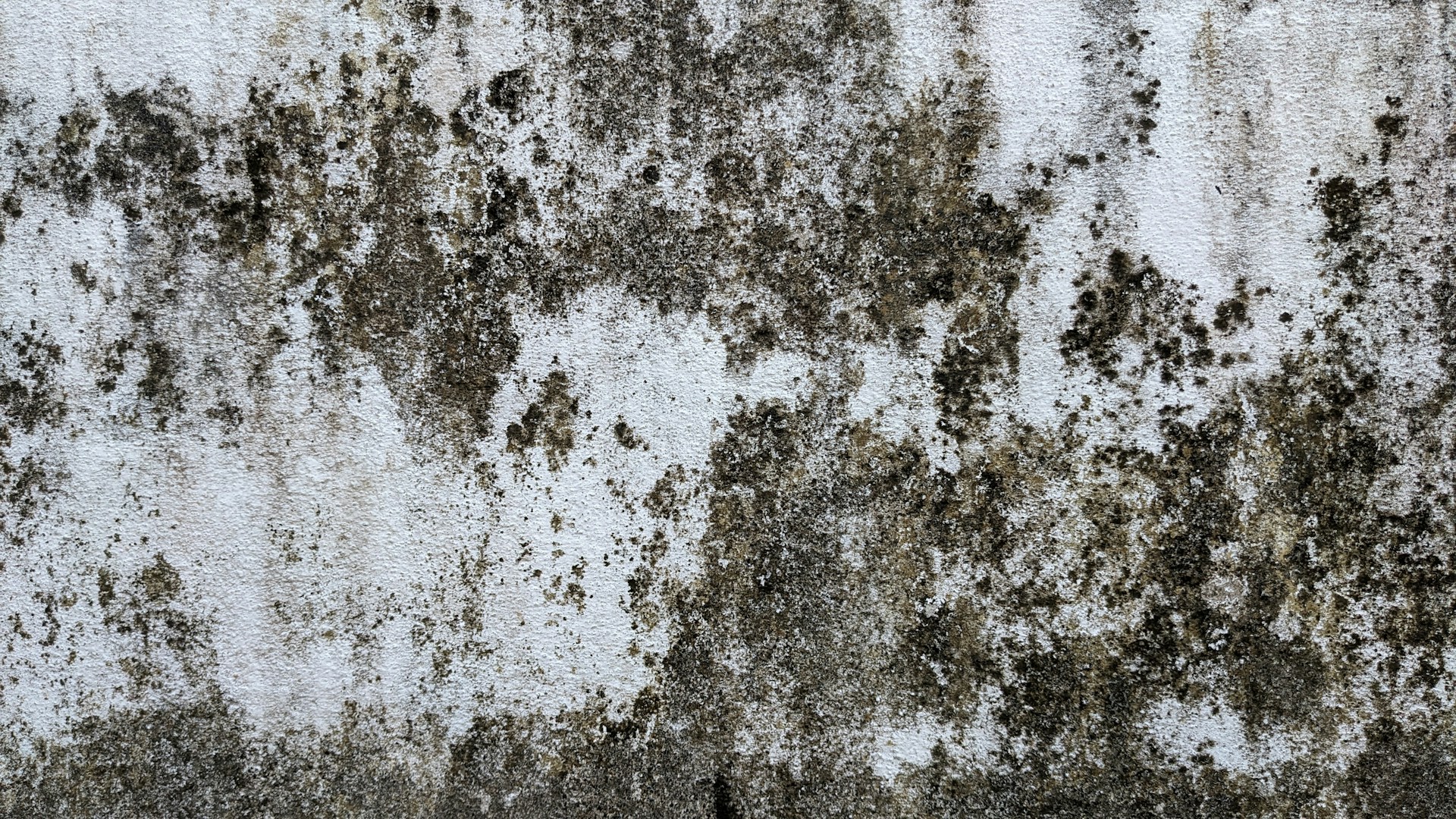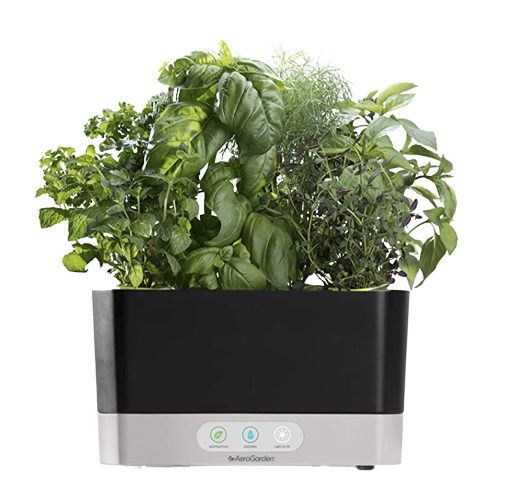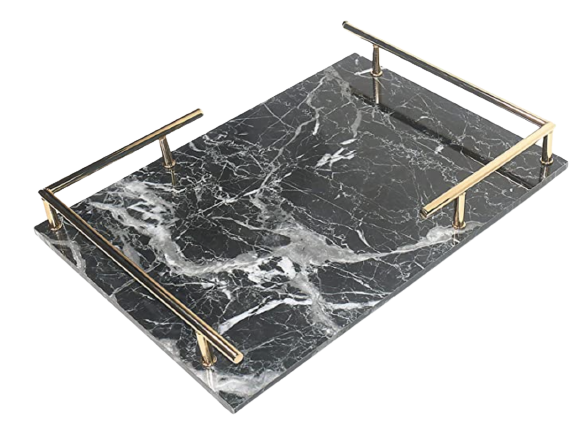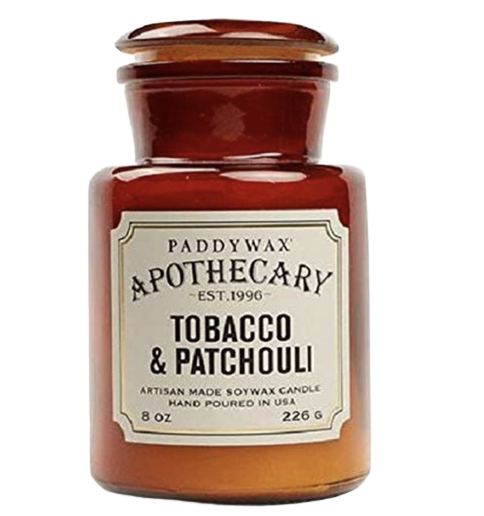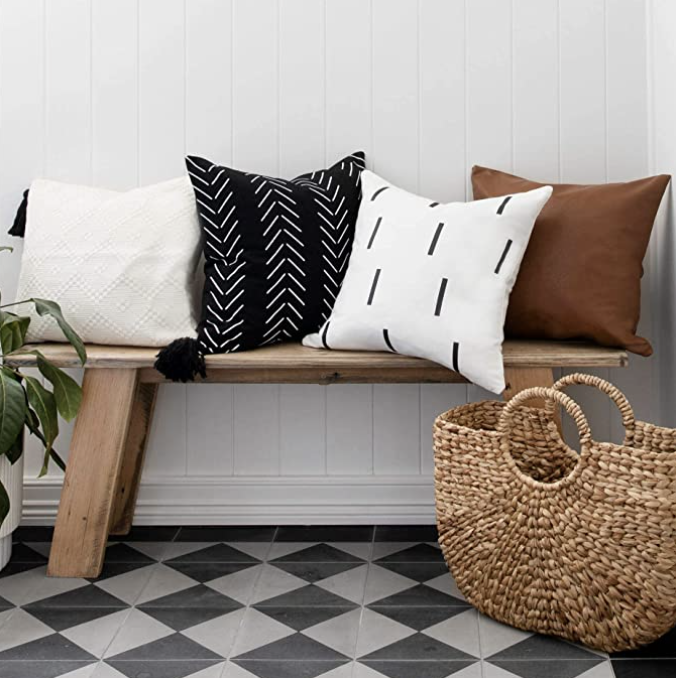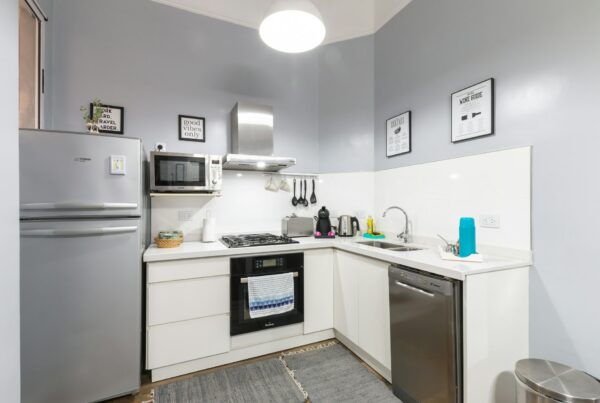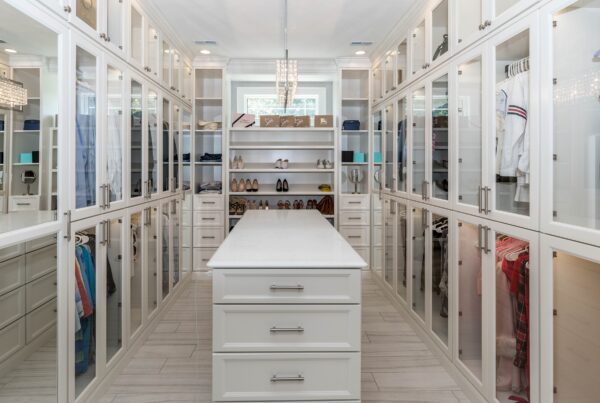Last Updated on March 3, 2024
Mold growth in buildings poses not only structural risks but also health hazards. Understanding how various surfaces and materials react to mold growth is crucial for effective remediation. Here’s a breakdown of common building materials and their responses to mold, along with appropriate remediation methods:
Drywall and Plaster:
Reactivity: Drywall and plaster are highly susceptible to mold growth, especially in moist environments. The porous nature of these materials provides an ideal breeding ground for mold spores.
Remediation: Remediation typically involves removing and replacing affected sections of drywall or plaster. In cases of minor mold infestation, thorough cleaning with mold-inhibiting solutions may suffice.
Wood:
Reactivity: Wood is another organic material prone to mold colonization, particularly when exposed to moisture. Mold can penetrate deep into the wood fibers, compromising structural integrity over time.
Remediation: Remediation may involve sanding and refinishing the surface of the wood to remove mold growth. In severe cases where mold has penetrated deeply, replacement of affected wooden components may be necessary.
Concrete and Masonry:
Reactivity: Concrete and masonry surfaces are less susceptible to mold growth compared to organic materials. However, mold can still develop on these surfaces, especially in damp or poorly ventilated areas.
Remediation: Cleaning concrete and masonry surfaces typically involves using antimicrobial agents and thorough scrubbing. Sealing the surfaces with mold-resistant coatings can help prevent future mold growth.
Metal:
Reactivity: Metal surfaces are generally resistant to mold growth due to their non-porous nature. However, mold can still proliferate on metal surfaces if moisture is present.
Remediation: Cleaning metal surfaces with disinfectants and ensuring proper ventilation to prevent moisture buildup are effective remediation measures. Rust formation on metal surfaces due to mold growth may require additional treatment.
Tile and Grout:
Reactivity: While ceramic tiles themselves are resistant to mold, the porous grout between tiles provides an ideal environment for mold growth. Grout lines can trap moisture and organic matter, facilitating mold colonization.
Remediation: Scrubbing tile and grout surfaces with mold-killing solutions and sealing grout lines can help prevent mold recurrence. Replacing heavily contaminated grout may be necessary in severe cases.
Insulation:
Reactivity: Insulation materials, such as fiberglass or foam board, can become a breeding ground for mold if they absorb moisture. Mold growth within insulation can compromise its effectiveness and necessitate replacement.
Remediation: Addressing the underlying moisture issue is crucial for preventing mold growth in insulation. Replacement of mold-infested insulation may be necessary, coupled with improved ventilation and moisture control measures.
Carpeting and Upholstery:
Reactivity: Carpets and upholstery can trap moisture and organic matter, providing an ideal environment for mold growth, especially in humid climates or areas prone to water damage.
Remediation: Professional cleaning and extraction methods are often necessary for removing mold from carpets and upholstery. In severe cases, replacement may be the most effective solution, particularly if the mold has deeply penetrated the fibers.
HVAC Systems:
Reactivity: HVAC systems can distribute mold spores throughout a building, posing health risks to occupants. Mold can develop within air ducts, condensation pans, and other components if moisture is present.
Remediation: Professional inspection and cleaning of HVAC systems are essential for mold remediation. This may involve cleaning and disinfecting ductwork, replacing filters, and addressing any underlying moisture issues to prevent mold recurrence.
Brick and Stone Surfaces:
Reactivity: While brick and stone are relatively resistant to mold growth on their surfaces, mortar joints and other porous areas can harbor mold if moisture is present. Additionally, efflorescence on these surfaces can indicate moisture infiltration, creating conditions conducive to mold growth.
Remediation: Cleaning brick and stone surfaces with antimicrobial agents and addressing any moisture sources, such as leaks or poor drainage, are essential for mold prevention. Sealing porous areas can also help inhibit mold growth.
Localized Services for Greensboro, NC:
Water damage restoration in Greensboro, NC, necessitates prompt action due to the region’s humid climate. Mold growth can occur rapidly in areas affected by water damage, requiring specialized remediation techniques tailored to local conditions.
Professional water damage restoration services in Greensboro, NC, offer expertise in mitigating water damage and preventing mold growth. By addressing water intrusion promptly and thoroughly, these services help safeguard property and occupants from the detrimental effects of mold.
For residents seeking white mold removal near me in Greensboro, NC, professional restoration companies provide comprehensive solutions tailored to the unique challenges of combating mold in residential and commercial properties. With a focus on thorough inspection, efficient remediation, and preventive measures, these services ensure a safe and healthy indoor environment for all.
Understanding how different building materials react to mold growth empowers property owners to take proactive measures for prevention and effective remediation. From thorough cleaning to targeted replacements, addressing mold promptly and comprehensively is essential for maintaining a safe and healthy indoor environment.


